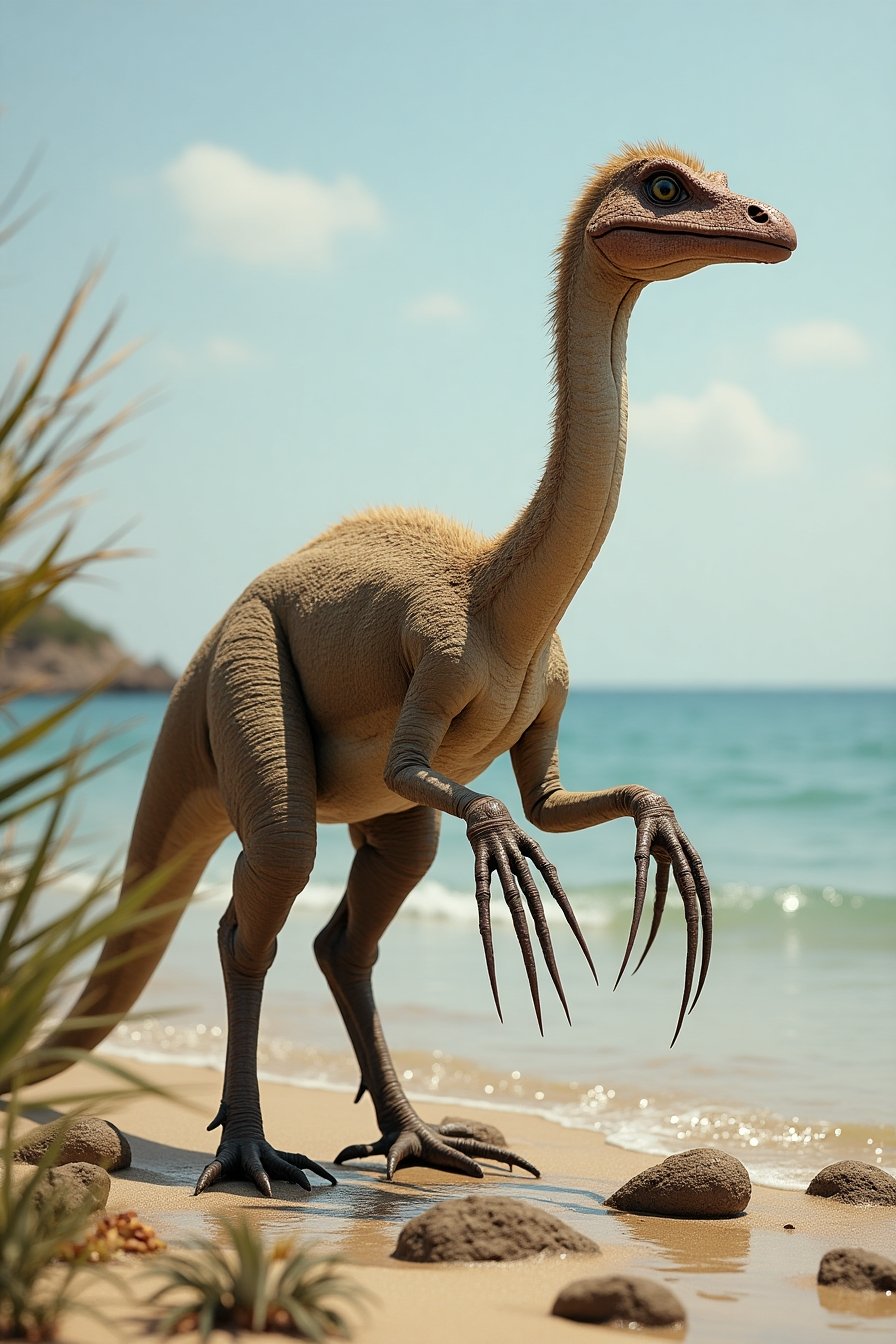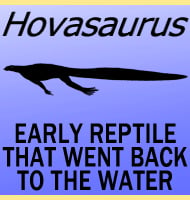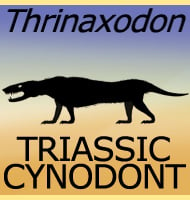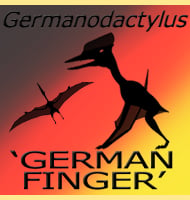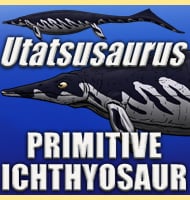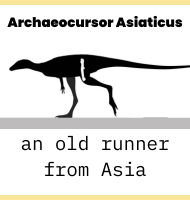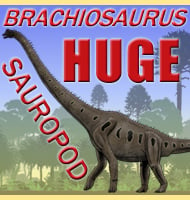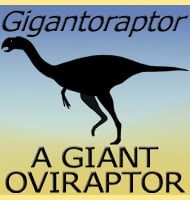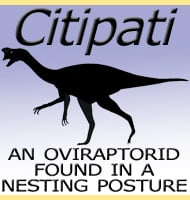In northern Mexico, paleontologists found something unexpected: the fossil of a dinosaur unlike any they’ve seen before .
Mexidracon longimanus, this creature lived about 90 million years ago during the Late Cretaceous period. And while it wasn’t the biggest dinosaur around(just 10 feet length), it’s got features that are making scientists rethink what they know about dinosaur evolution in North America.
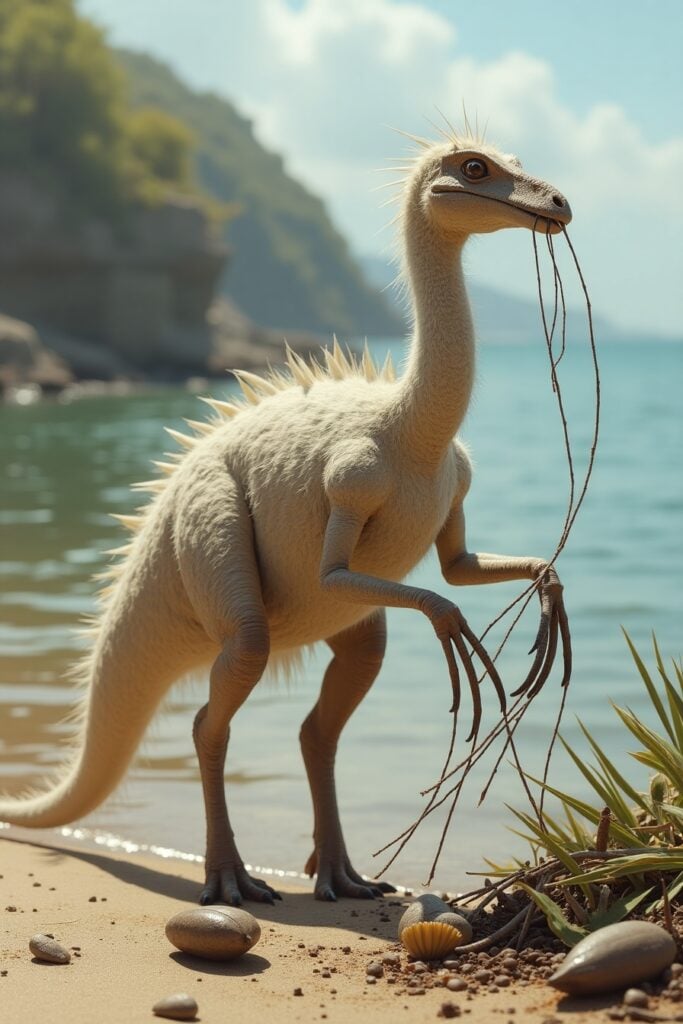
What’s the first thing that stands out? The arms. Mexidracon had ridiculously long forelimbs, way out of proportion to its body size. They weren’t just for show—these limbs were strong, with curved claws that hint at some serious functionality. Grabbing? Climbing? Maybe both.
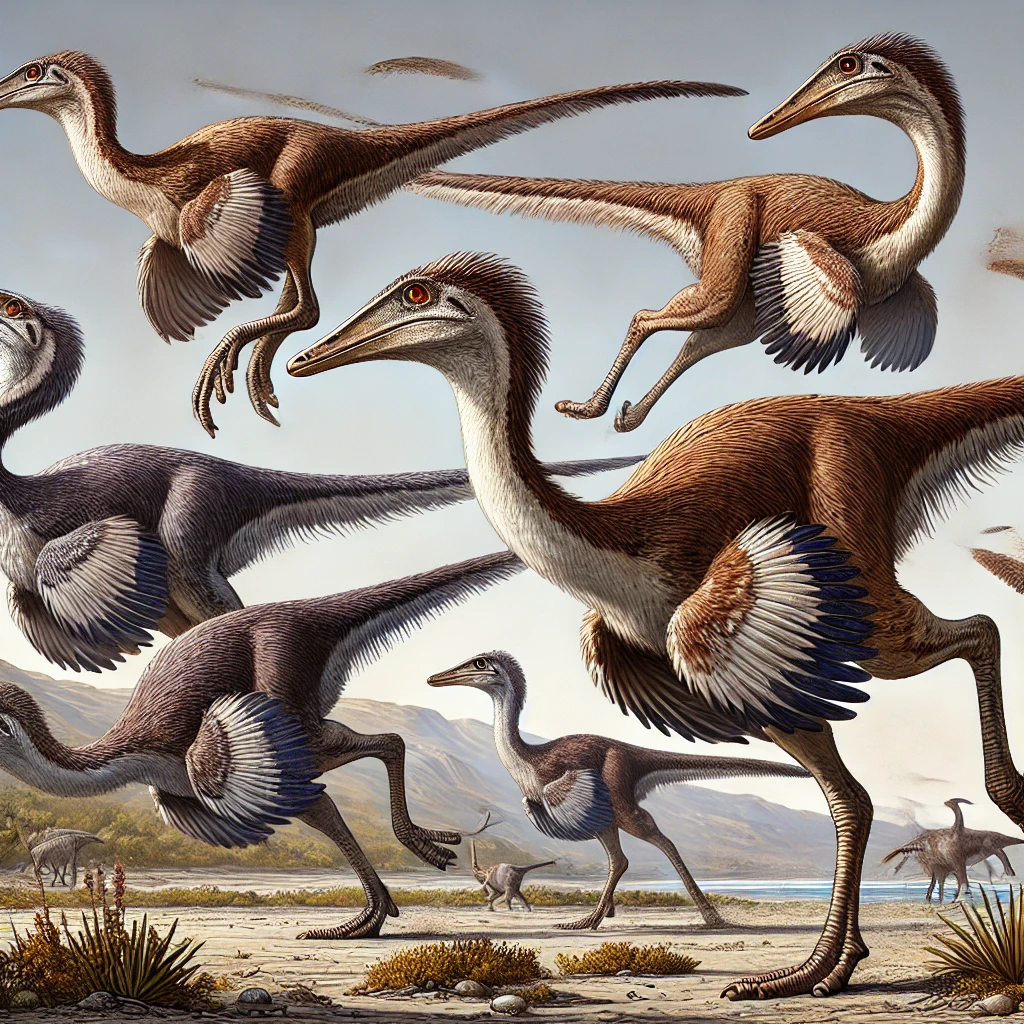
A closer look at the fossil bones adds more curiosity as Mexidracon had a lightweight skeleton, long arms,long neck and some peculiar vertebrae. It’s like a mash-up of traits—some primitive, some more advanced—setting it apart from other theropods we’ve found in the region.
Where Does It Fit in the Dinosaurs Family?
Pinning down Mexidracon’s place on the dinosaur family tree isn’t easy. Some features hint that it’s related to early coelurosaurs, while others don’t match up with any known group. It’s like finding a puzzle piece from a picture you didn’t even know existed.
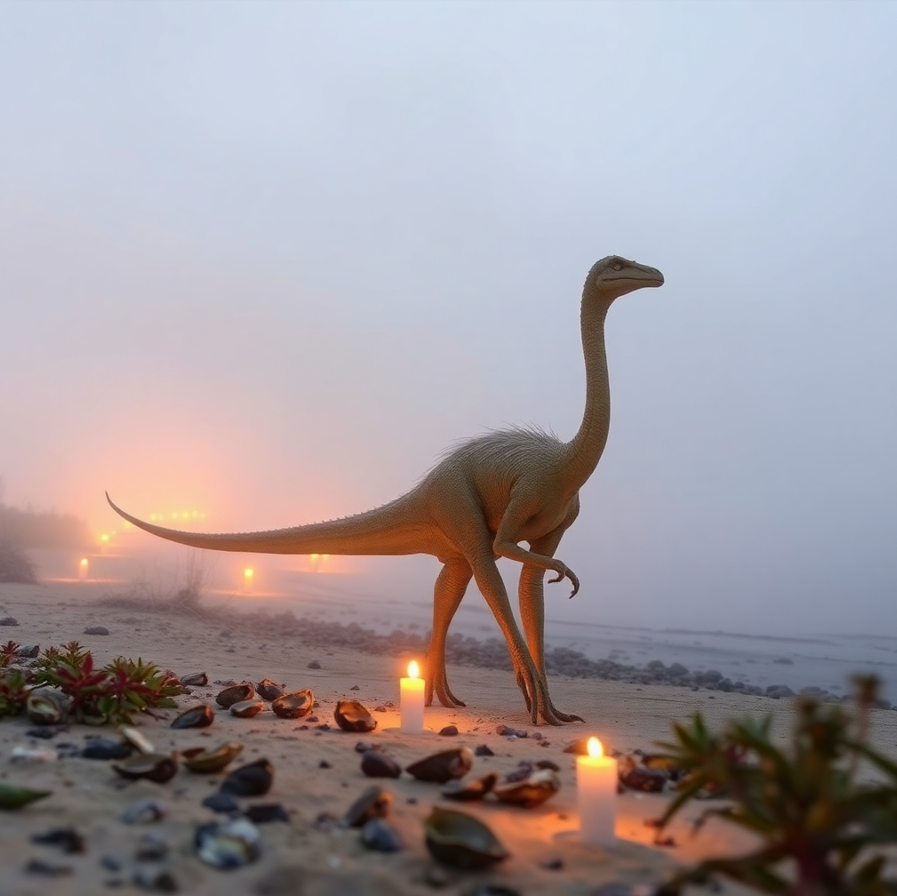
So, What Were Those Long Arms For?
Good question. Maybe they helped Mexidracon climb trees or rocks, or perhaps they were great for snagging prey. Either way, these arms weren’t just oversized decorations—they were tools for survival in a tough, changing environment.
What does Fossil Rocks Tells ?
The rocks where the fossils were found paint a vivid picture. This region was once a dynamic landscape with rivers and periodic floods. Perfect for a wide range of creatures, from giant reptiles to small, nimble dinosaurs like Mexidracon.
Geochemical tests on the surrounding sediments show the fossil was buried quickly, which helped preserve it so well. Fast burial is a big deal in paleontology—it locks in details that would otherwise be lost to time.
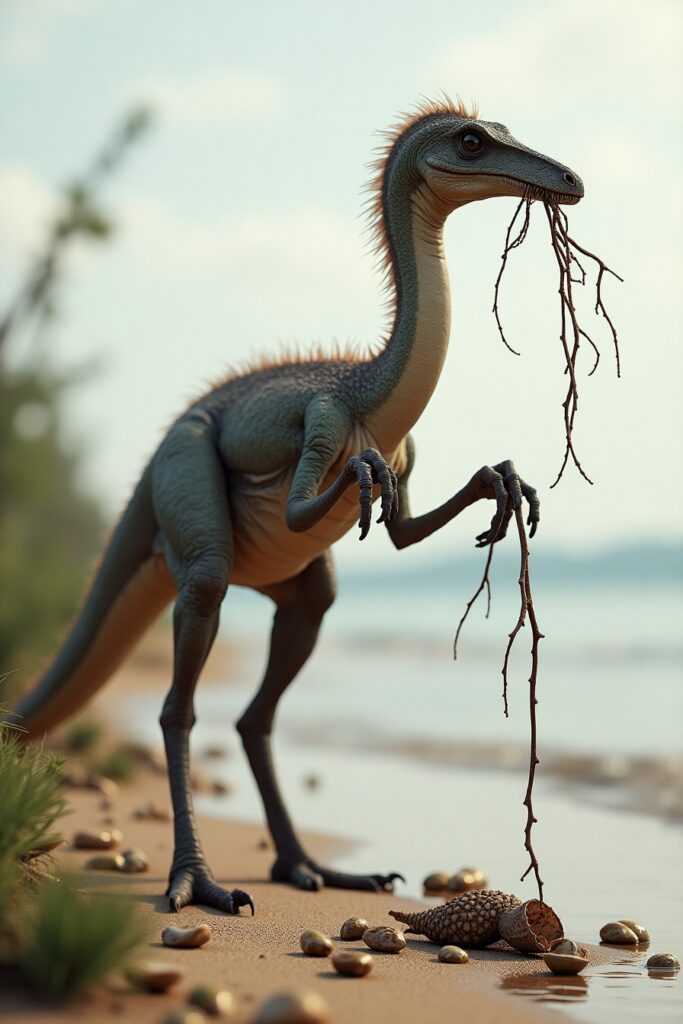
Changing What We Thought We Knew
Before this discovery, scientists thought they had a good handle on dinosaur diversity in North America. Mexidracon says otherwise.
It’s proof that there are still surprises waiting in the ground, challenging old ideas and adding new pieces to the evolutionary puzzle.
Even with all we’ve learned, there’s more to uncover. What did Mexidracon eat? How did it behave? Was it a climber, a hunter, or something in between?
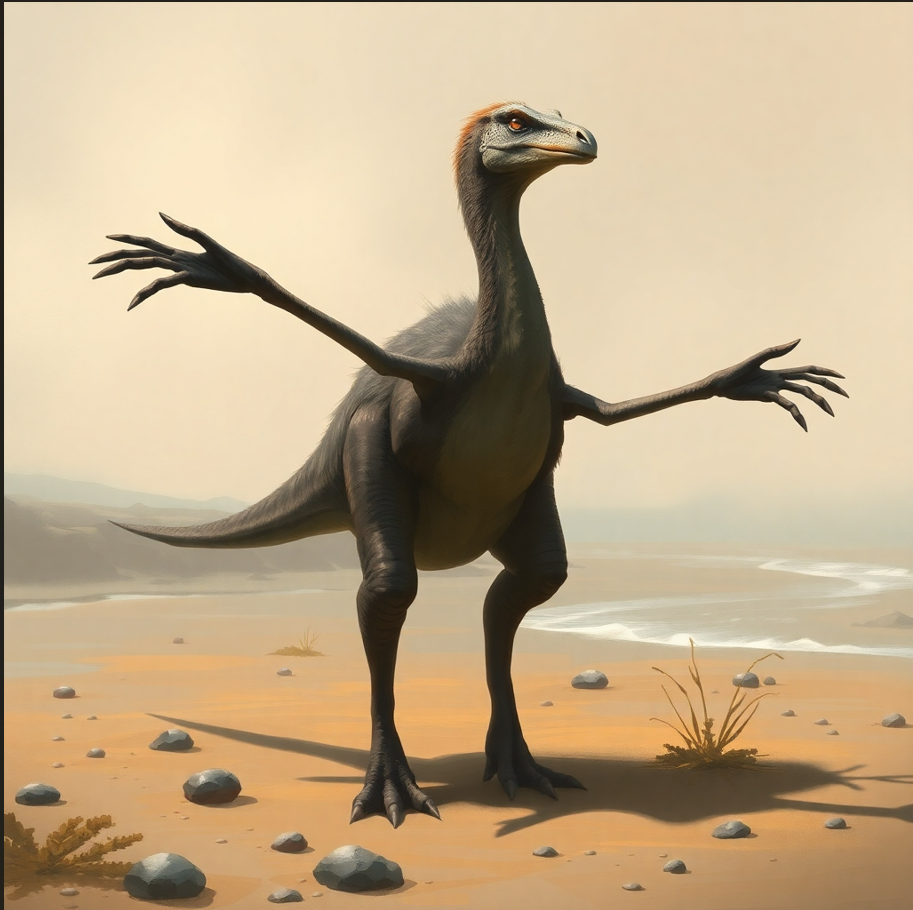
Why it Matters ?
Sure, it’s an ancient fossil, but Mexidracon longimanus is more than that. Its discovery helps fill in gaps about how dinosaurs adapted to their environments, showing us evolutionary twists and turns we never expected.
Every fossil has a story, and this one’s about survival through change. Mexidracon’s strange features remind us that evolution isn’t about being the biggest , dangerous ,or the fastest—it’s about adapting in ways that work, even if they look a little weird to us.
For more Depth See this ScienceDirect research paper on ornithomimid dinosaur
